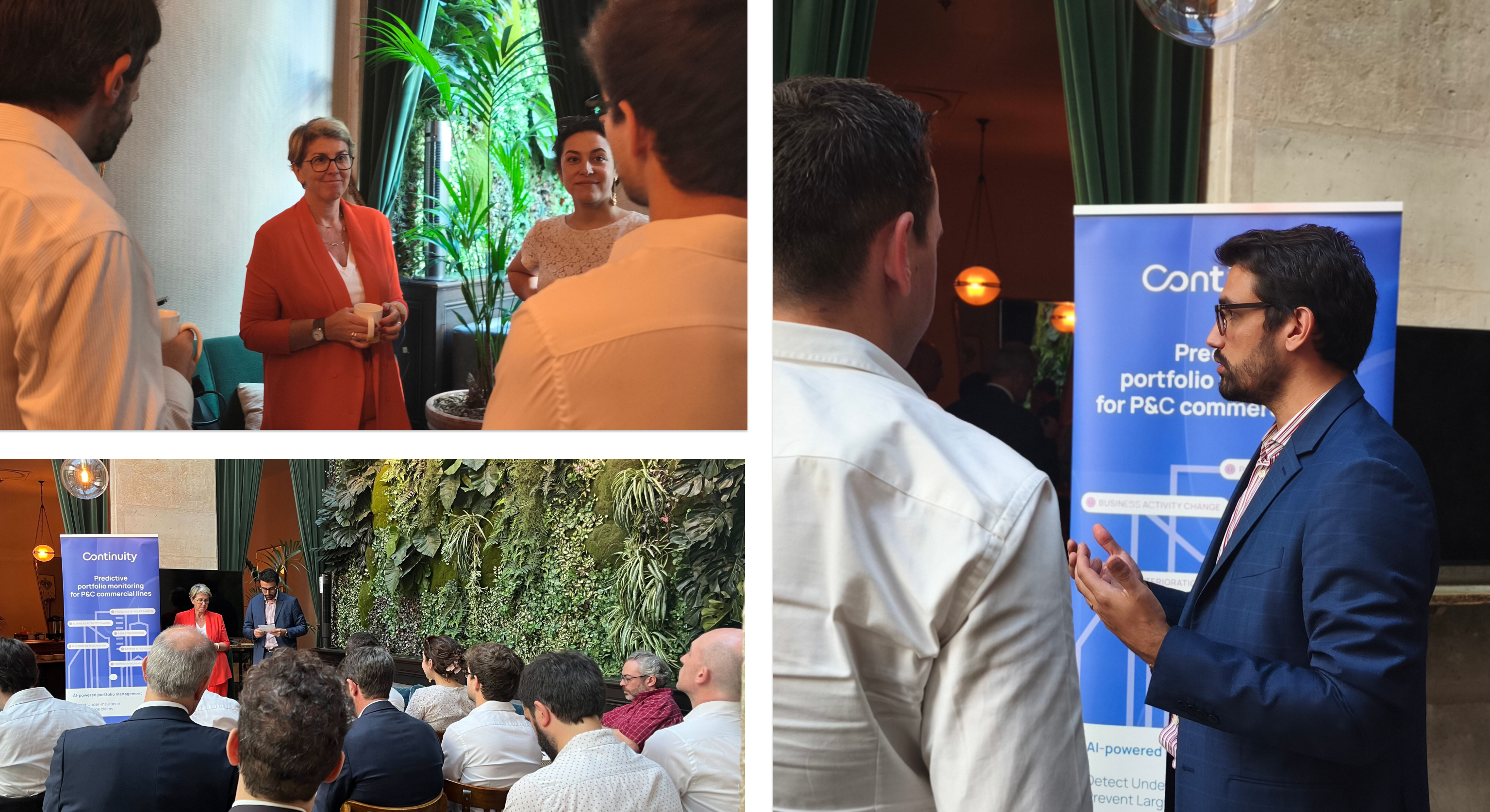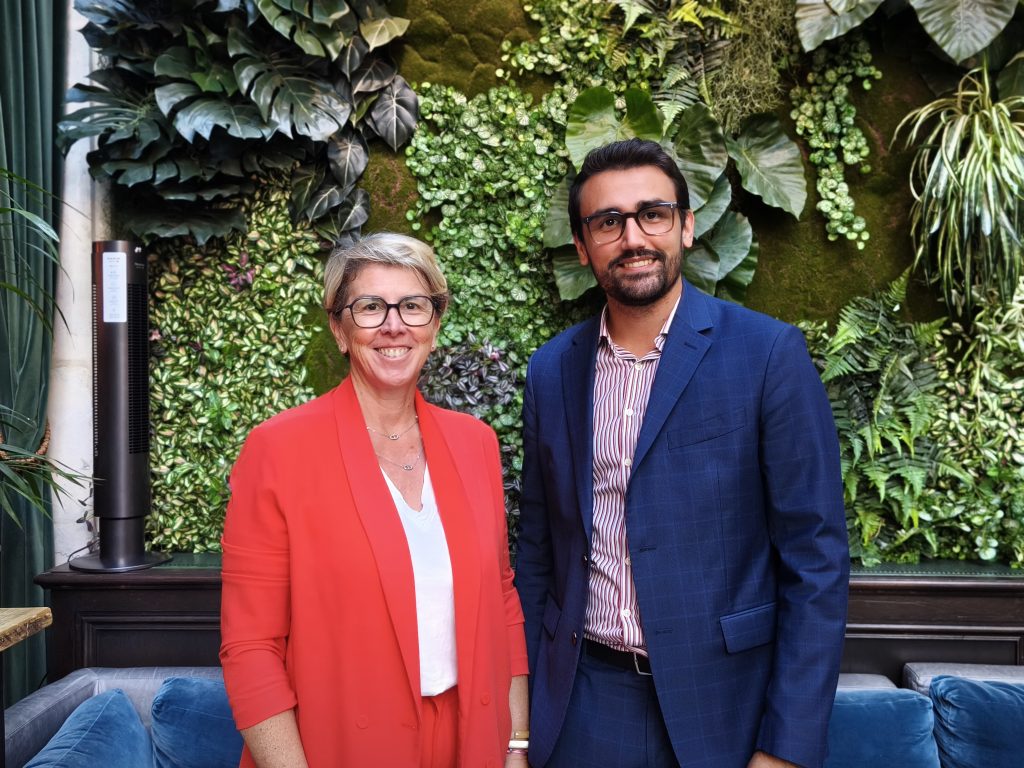
On June 17, during a roundtable on artificial intelligence in insurance, Nathalie Ramon, Head of Portfolio Quality and Risk Prevention at SADA Assurances, shared her experience in a conversation with Thibaut Le Mons, Head of Business Partners at Continuity.
Can you tell us about SADA Assurances and your role?
SADA Assurances is a specialist in real estate insurance, providing building and financial loss coverage through a broker network. We’re a mid-sized company with 170 employees and €242 million in revenue, €166 million of which comes from real estate. As Head of Portfolio Quality and Risk Prevention, I’m responsible for ensuring sound underwriting practices and well-managed risk exposure.

You began working with Continuity in 2022. What challenges were you facing at the time?
Before Continuity, our underwriters spent a huge amount of time manually gathering data—checking multiple websites like georisks portals or historical monument registries, and entering the same address over and over.
It was inefficient, costly, and didn’t make the most of our teams’ expertise. We needed a smarter way to scale our business while maintaining risk discipline. Our objective was clear: to underwrite with full knowledge of the risk and apply fair pricing.
Why choose Continuity over other providers?
Continuity stood out because of your deep understanding of our business. You listened, adapted, and co-developed with us. Having a tech partner who understands what a broker does, what a building means, and what an insured expects makes all the difference. We needed responsiveness and alignment with our operational reality—your team delivered on both.
How did your teams respond to the rollout?
At first, there was some hesitation. Underwriters were used to their routines and skeptical about a new tool. So, we ran side-by-side tests, comparing manual research with Continuity’s results. When they saw 100% consistency, they got on board.
Today, all our underwriting and portfolio quality teams use it. The integration went smoothly, especially for hazard notice detection. We can now provide brokers with supporting documents instantly, which they really appreciate.
You also integrated the API into your broker portal. What changed?
That was a game-changer.
We didn’t want brokers and underwriters using different datasets. With the API, brokers now see the same real-time data we do. No more back-and-forth about where the info came from. If we say an area is high-risk, they see it in their Partner Portal. It brings clarity and trust to every conversation.
What’s the usage like today?
In 2022, we had four test users, each logging in two or three times a day. Now, we handle over 400 files a month, and the system runs 1,500 to 2,000 risk checks monthly. It’s fully embedded in our workflow—simply part of how we operate now.
How has it helped with portfolio monitoring?
It’s completely transformed our oversight process. Instead of reviewing hundreds of files manually, we immediately focus on the few that need attention. It also supports actuarial analysis—allowing us to map risks geographically and assess exposure to perils like hailstorms. The data gives us sharper insight into our portfolio dynamics.
What would you say to insurers still unsure about AI in underwriting?
Free your underwriters from repetitive tasks—they have better things to do than retype addresses. Continuity doesn’t replace human expertise, it strengthens it. You gain time, speed, and reliable data. The risk summaries in PDF format are also a great audit trail.
And don’t be afraid of change. Start small. Let your teams test the solution and see the results for themselves.
You’re currently testing our AI agent “Kevin.” What’s the early feedback?
Kevin is like our AI intern. He scans broker emails, spots missing info, and suggests pre-written, secure replies.
Integration was quick—just a few emails, no major IT build. Once we connect Kevin to our ERP, we expect to see major time savings daily.





